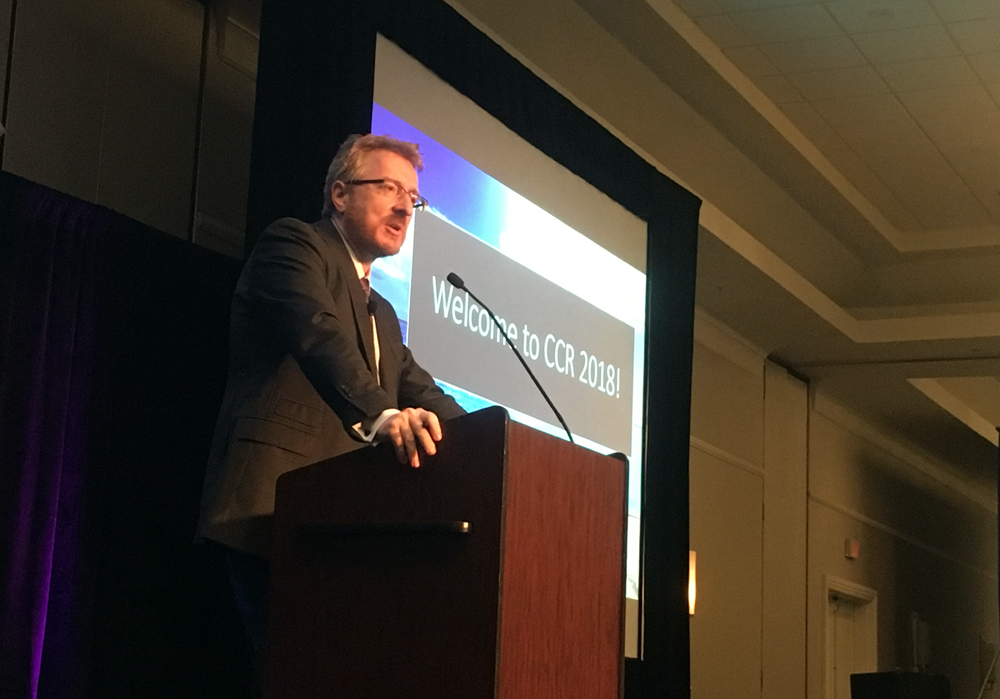More research needed to evaluate role of abatacept, tocilizumab for GCA
Click Here to Manage Email Alerts
DESTIN, Fla. — Emerging drugs for giant cell arteritis, including abatacept and the interleukin-6 blocker tocilizumab, although promising, require more research to determine more precisely their place in treatment, according to Christian Pagnoux, MD, MSc, of Mount Sinai Hospital and the University of Toronto.
Pagnoux, also the president and founder of CanVasc, added that abatacept (Orencia, Bristol-Myers Squibb) and tocilizumab (Actemra, Genentech) will probably not be first-line treatment for all patients with giant cell arteritis (GCA).
“This is a discussion to also have with payers — we cannot always prescribe everything we would like,” Pagnoux said, speaking at the 2018 Congress of Clinical Rheumatology. “Remember as well that even if there are new treatments, they are not 100% effective, and there are still places, and probably the need, for other medications, including JAK inhibitors and maybe some other medications.”
According to Pagnoux, GCA is the most common form of vasculitis, with an incidence of 90 to 300 per million among individuals older than 50 years, which is 20 times more than the prevalence of granulomatosis with polyangiitis (GPA). In addition, its cause is unknown, and it can be equally difficult to either diagnose or rule out in patients.

Pagnoux also described new preliminary diagnostic and classification criteria for vasculitis from the American College of Rheumatology (ACR) and EULAR, which were previously presented at the 2017 ACR Annual Meeting. The new criteria, which when ultimately released, will revise the previous 1990 criteria for GPA, eosinophilic granulomatosis with polyangiitis and microscopic polyangiitis, according to Pagnoux. He added the that the same process is being carried out for GCA and other vasculitis conditions.
However, he cautioned rheumatologists to not yet use the new criteria, as they have not been fully published.
“I just want to emphasize: Please do not use these criteria yet,” he said. “They are just preliminary and have not be fully validated. Also remember — and I never stop saying this — classification criteria are not diagnostic criteria. That is important to keep in mind.” – by Jason Laday
Reference:
Pagnoux C. Recent advances in the pathogenesis and new targets in the treatment of systemic vasculitis. Presented at: Congress of Clinical Rheumatology; May 17-20, 2018; Destin, Florida.
Disclosure: Pagnoux reports consulting and speaking fees from BMS and Hoffman-La Roche; advisory and study board memberships with ChemoCentryx, GSK, Hoffman-La Roche and Sanofi; and education subventions with Hoffman-La Roche.

